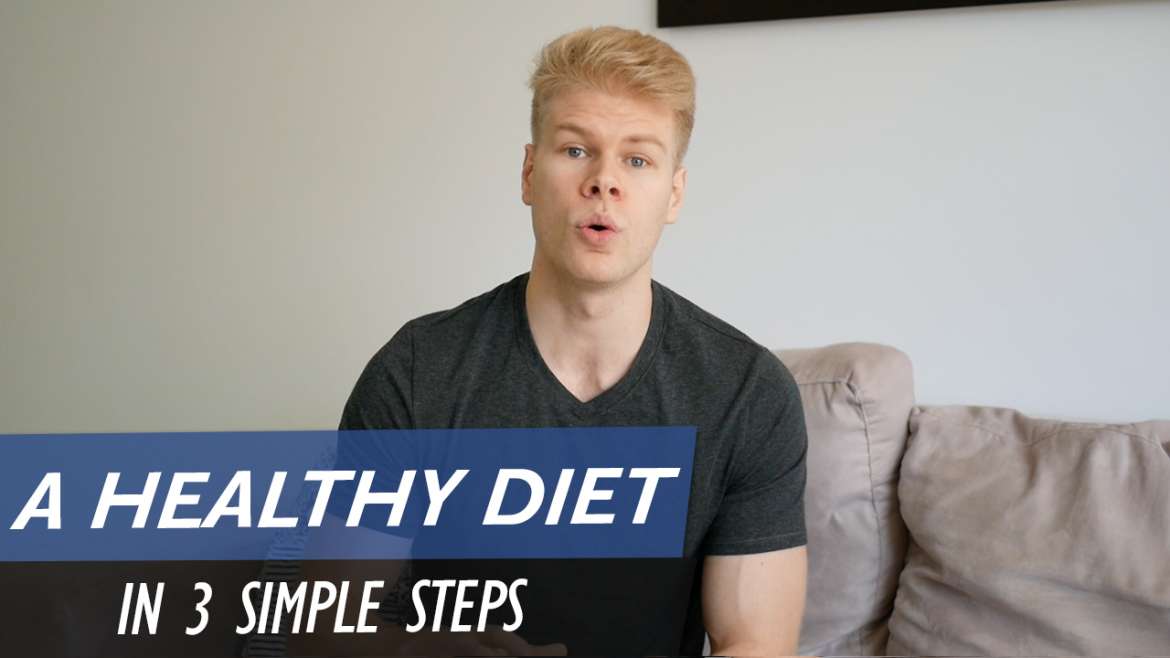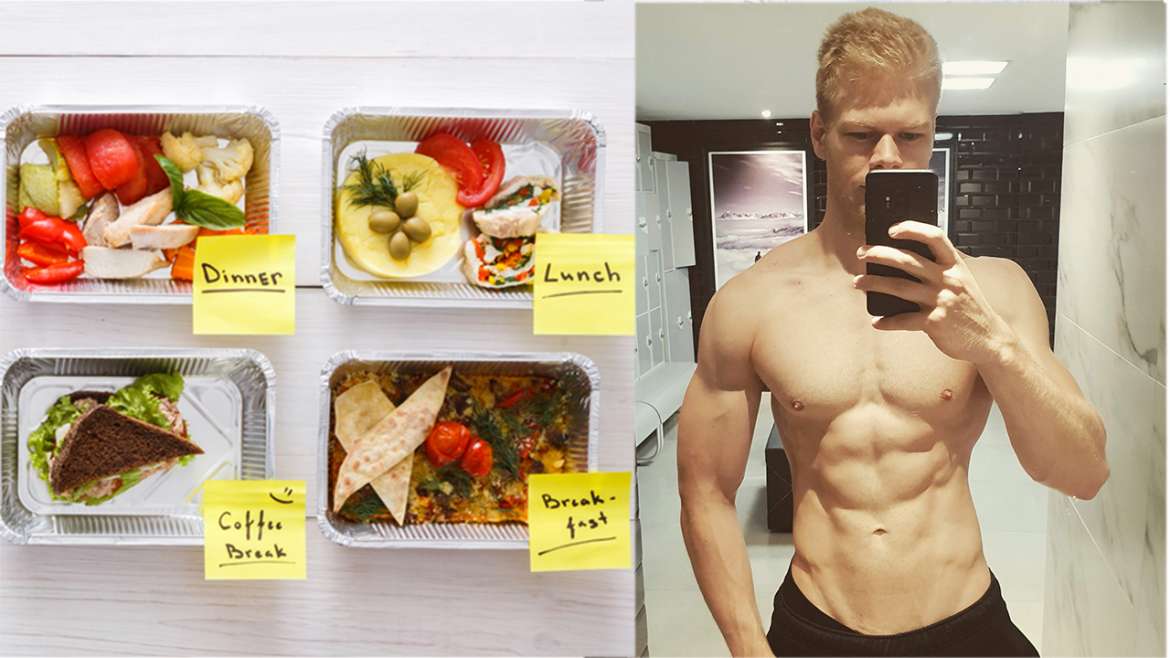So you want to eat and become healthier?
But where should you start with all these diets from low carb to paleo to intermittent fasting?
In this post I will give you 3 simply tips that you can follow right now to improve your diet and see results right away. Let’s get started…
Want To Watch The Video Instead?
Pretty much everyone knows that the standard western diet is horrible. Too many processed carbs, too much added sugar and not enough fiber or vitamins.
This isn’t groundbreaking news.
The real struggle starts when you actually want to do something about it and improve your diet.
With all this contradictory advice where should you start?
I have students ask me this question all the time. They are completely overwhelmed by all the contradictory information that they feel paralyzed.
There are simply too many diets and for you as a beginner it’s impossible to know which is right and which is just a scam.
So what should you do and where should you start when you want to make your current diet healthier?
#1 Get Rid Of Deficiencies
Let’s begin with the basics.
Before you even think about doing a low carb, Ketogenic or intermittent fasting diets you need to get rid of any nutritional deficiencies.
Depending on what your current diet looks like you might be deficient or not getting optimal amounts of at least one of the following:
– omega 3 fatty acids
– zinc
– magnesium
– protein
– vitamin d
Don’t worry, I’m not trying to scare you. Nutritional deficiencies aren’t that big of a deal and in most cases they are very easily fixed.
But to fix them you first need to identify them. For that you should go see a doctor and make a blood test.
Don’t self medicate or assume you are deficient before you get the results. Overdoing is just as big of a problem as being deficient so make sure you really know which nutrients you are lacking.
#2 Focus On Clean Foods
Once you have taken care of any nutritional deficiencies, your next step will be to evaluate your current foods. Ask yourself what it is that you are putting in your mouth and if this is really quality, nutrient-rich food.
Like I said in the beginning the standard western diet is pretty horrible and most people overeat on highly processed, low fiber junk food.
If your current diet is high in things like frozen pizza, white bread or candy and low in fruit, vegetables and whole grains you definitely want to change something.
I don’t want to go into too much detail here but I have other videos talking about cheap healthy foods and what you should include in your diet.
At this point I still wouldn’t advise you to adapt an extremely restrictive diet. It’s better you learn a few healthy recipes first before you commit to something extremely complicated.
As a general guideline try to use mostly minimally processed, traditionally clean foods such as vegetables, whole grains, lean meats, beans or nuts.
#3 Calories & Macronutrients
Once you have eliminated out most of the junk from your diet and substituted it with better options, you can start worrying about calories and macronutrients. When people hear the phrase “calorie counting” many think of boring calculations that you have to do for the rest of your life.
But calories aren’t about that at all. They just represent a broad estimation of how much food you can eat while still reaching your goals, be it to gain or lose weight.
I, for example, only calculate my calories at the beginning of a diet when I set up my meal plan. I do this to get a good estimate of what my meals should look like and what foods I want to include.
Then I follow the meals and only adjust the values if I’m not seeing the results I hoped for.
If you are into fitness and want to build muscle or lose fat it also makes sense that you know your ideal macronutrient intakes. I have posts of both your ideal calorie and macronutrient values so make sure to check those out.
Take Home Points
Let me summarize the take home points for you again.
– First you get rid of any nutritional deficiencies. for this do a blood test and talk to your doctor
– next you worry about quality food sources and try to use them instead of processed junk food
– and third you take a look at your food intake and try to estimate your ideal calorie and macronutrient intake.
Only when you have gone through all these steps should you think about adopting a more complicated diet like paleo, vegan or ketogenic diets. It’s really important that you don’t rush these steps and take your time.
Remember this isn’t a race!



